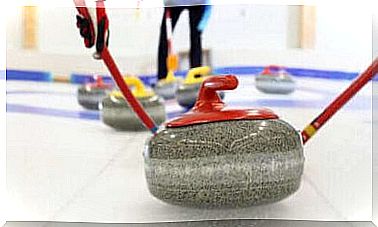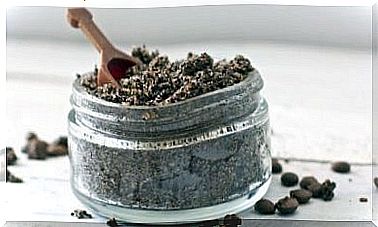Sprint Exercises To Improve Running Speed

Sprinting is an undeniably good alternative to strenuous training and holistic muscle strengthening in the form of short sprains. The reason is that when planning an exercise routine, two crucial factors need to be kept in mind: the number of muscles involved and the time spent training. In this article, we present good sprint exercises to improve your running speed.
Do you know what sprinting is? It is a kind of short and fast running stroke at a certain maximum speed that a person can maintain. Its significance lies in the fact that it can improve a person’s endurance, mental health, circulatory system and most importantly, pace.
Now is the time to learn how to prepare for sprinting. The exercises we recommend vary in level of difficulty, and the general benefits of consciously practicing them in an exercise program are many. So don’t miss out!
Preparing for sprint practice
The best way to prepare for sprinting is to do static and dynamic stretches, five minutes each. The key is to limit the start of the warm-up to four or five minutes, as the stretching power is lost when that time is exceeded.
In addition to this, go to a general medical examination to find out if your body is in the right condition to practice sprinting regularly if you are over 40 years old.

Sprint exercises for beginners
The purpose of these first sprint exercises is to prepare the body to tolerate prolonged muscle strain, which is gradually increased.
- Dynamic stretches, walking or even jogging are suitable for those who already have some kind of exercise background. The recommended warm-up time is five to seven minutes.
- Running at a controlled speed: 30 seconds of sprinting at approximately 60 percent power.
- Physical recovery: slow running speed and walk for 120 seconds. Breathing must be smooth with long inhalations and exhalations.
- Make another run stroke at controlled power: 30 seconds to run at 70 percent power.
- Second physical recovery phase: 120 second walk.
- Third run at controlled power: requires 30 seconds to run at a power ranging from 80 to 85 percent.
- Third physical recovery: consists of a 60-second slow jog, followed by a 60-second walk.
- Repeat the third step: the last section should be repeated so that it takes about 20 minutes to complete.
Intermediate level sprint exercises
When a beginner’s sprint workouts become too easy, it’s a good idea to move on to the next level. Repeat the series, but vary the run and recovery times as follows:
- Warm up for five minutes by either walking or jogging at a slow pace.
- Then sprint at a controlled intensity for 40-45 seconds at 80 percent power.
- Jog for 60 seconds and then walk briskly for 60 seconds to recover (you can also walk for 120 seconds)
- Repeat this for 25-30 minutes.
Demanding sprint exercises
This level of difficulty mixes high-intensity running, longer activity time, and reduced recovery time. It should be performed step by step:
- Jog warm up for five minutes.
- Sprint at a controlled intensity for 45-50 seconds at a power of at least 85 percent.
- Rest by walking for 60 seconds.
- Repeat the exercise for 30-35 minutes.
What are the benefits of sprint exercises for the body?
Sprint exercises can help improve your lifestyle and performance when done regularly. Their main benefits are:
- Accelerated pace. The grinding of the muscle groups used in the sprint phase to their peak makes the movement mechanisms more precise, which improves the pace.
- Improved durability. Repeating short spikes and resting stages placed between them will eventually make recovery faster. This, in turn, is reflected in better endurance in other activities where there are only small moments of time for physical recovery.
- Increased muscle mass. The American Council on Exercise notes that sprint exercises promote the preservation of type 2 muscle tissue that people tend to lose as they age. Muscle mass thus remains even older.
- Calorie burning. Studies show that high-performance sprinting in short stretches benefits from burning more calories compared to doing it in medium-length stretches.

Ways to include sprint exercises in your exercise program
You can do sprint exercises at the beginning or end of your exercise program, in which case they act as a maximum performance exercise.
You can start with 60-meter sprints varying in length from rest periods, or with a 20-minute beginner workout to see if you can increase your power at your current fitness level.
The last recommendation is to skip the sprint workouts if you have any musculoskeletal injuries. Also, see your doctor before starting such an exercise program if you have heart problems.
Finally, do not increase the effectiveness without first testing your body’s reaction at a lower intensity. All of this requires patience and consistency.









